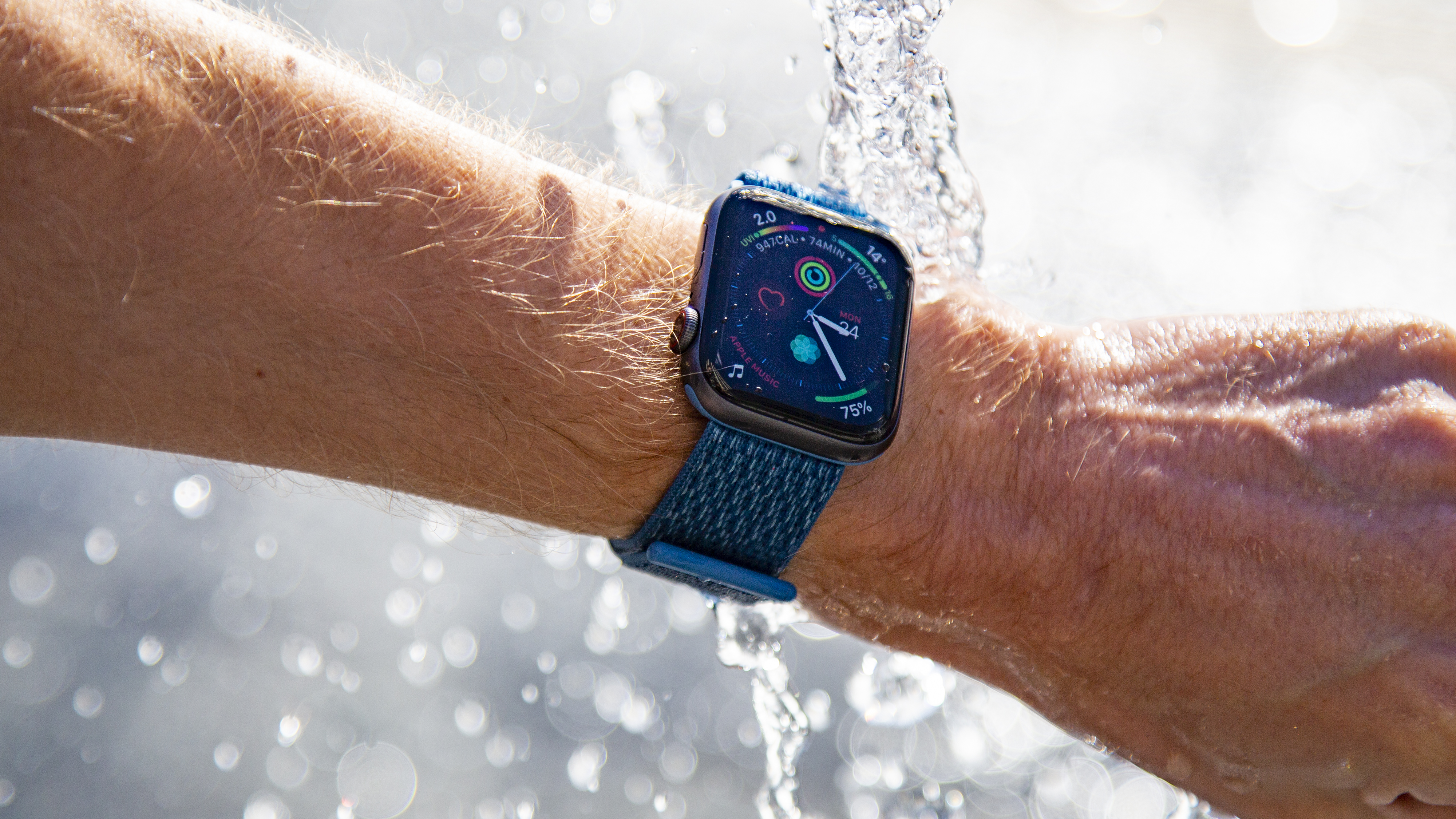Why you can trust TechRadar
The Apple Watch series has slowly become more and more about fitness over fashion, and that’s an excellent move in our opinion.
There are two elements to the fitness prowess on the Apple Watch 4: the alerts to keep you active, and the tracking of actual exercise.
The alerts are there to help you close the activity rings on your watch - if you’ve never used one of Apple’s timepieces before, this will be the central tenet of how you get prodded when using the device.
The stand prompt happens around once an hour, but more recently the Apple Watch 3 and now Watch 4 learn your actions, meaning they’ll be able to spot when you’re most active and when you’re likely to fall behind your goal.
On the Watch 3 that sometimes meant being told at 11PM to get moving again, despite there not really being enough hours left in the day and that never being a time we usually exercised.
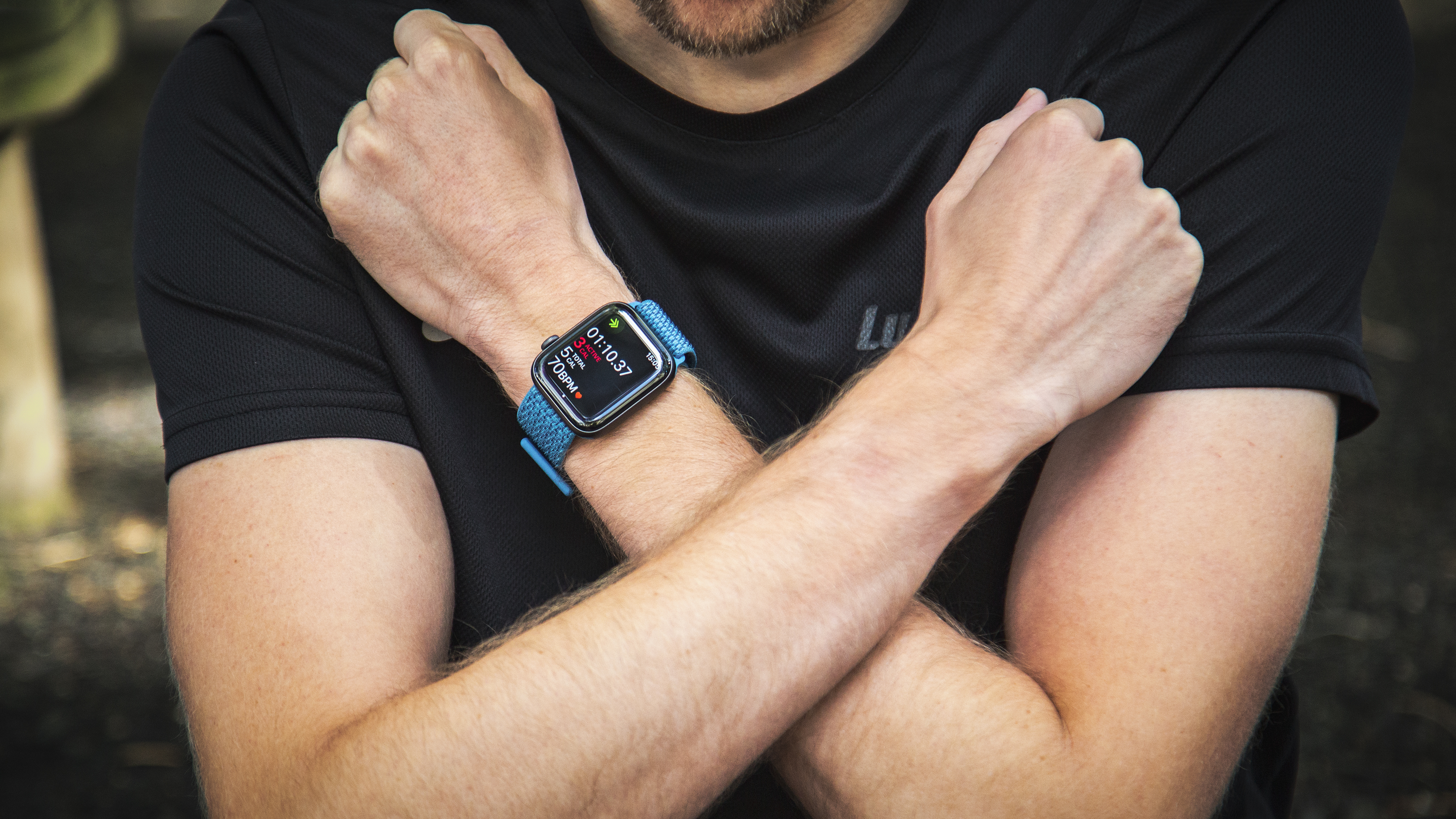
Thankfully that’s not happened on the Apple Watch 4, with the only prompt we’ve really had to be more active is a nudge that we’ve not been as active in the early afternoon, when our workout was scheduled for the evening.
Over time it seems the Watch has learned that as the same notification hasn't appeared again.
The second part of the fitness element is the act of exercising itself - and here's a place where Apple has stepped things up a notch on the new Watch 4.
With automatic exercise detection, we're looking at a device that can easily keep up with you when you forget to start something. It's not pervasive throughout the exercise spectrum - you won't get alerts that the Watch has noticed you're cycling, for instance (although we're not sure if we should, as there's no list we can find), but if you're starting to run or walk briskly you'll get an alert telling you that there's an exercise in progress and asking if you want to track it.
We tried this on a run and it popped up after just six minutes, allowing us to save the activity up to that point - that's useful and picks it up nicely, although won't stop until you've stopped for a few minutes.
However, the issue is that the data it collects before it notices the run isn't that accurate - curiously, while the distances and times were correct on the Apple Watch 4 compared to a Garmin device that we were using on the other wrist, the Apple Watch 4 had us down as much faster than the relaxed pace we were doing.
That doesn't make a lot of sense, but it makes us less inclined to believe the veracity of findings when you know that initially there was no GPS lock to accurately track you.
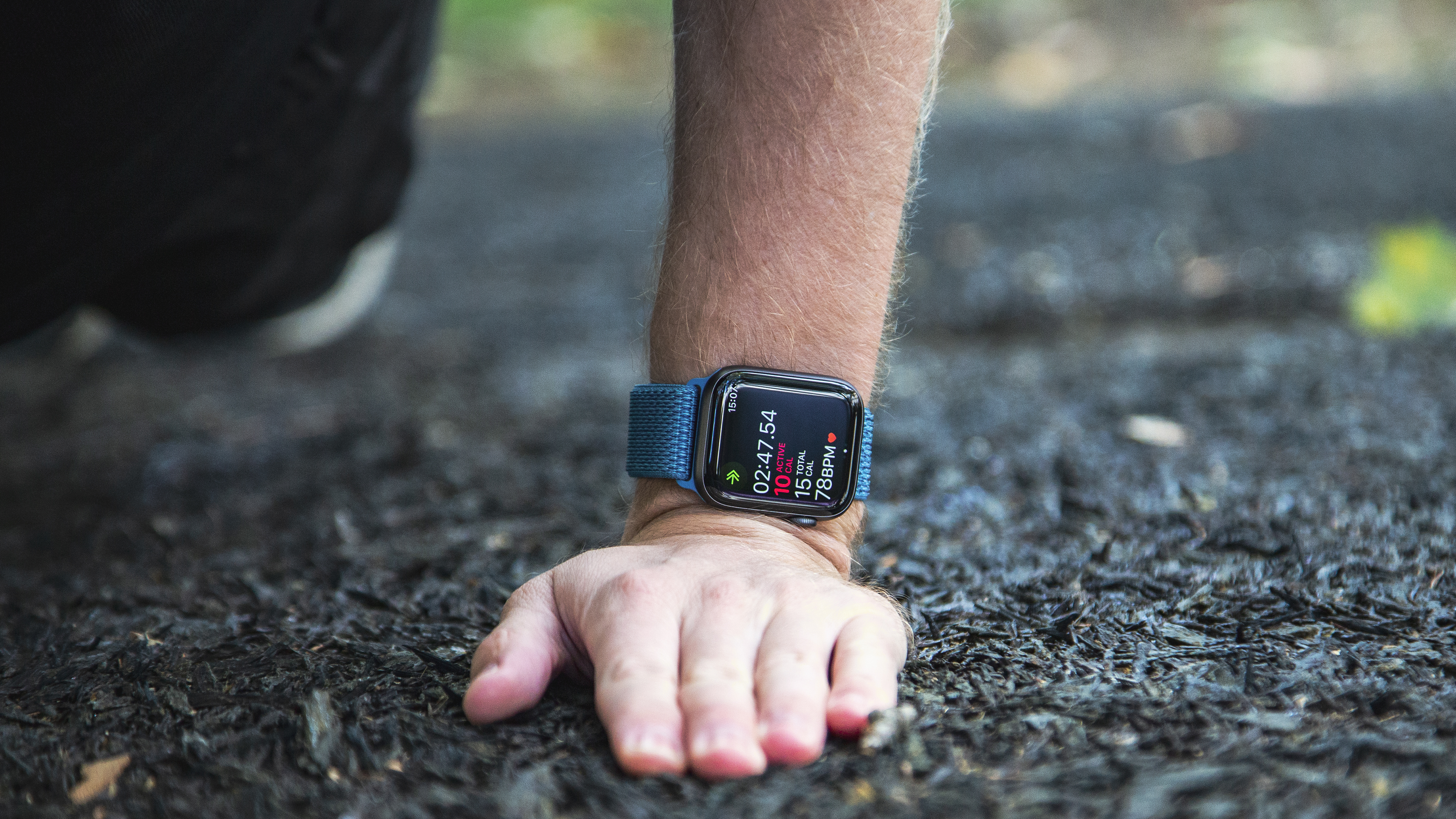
Once the run was properly underway, we enjoyed what the Apple Watch had to offer: the usual metrics of distance, pace, heart rate and average pace were all there - you'll need to set up Rolling Pace, where it will show you how fast you managed to run from a mile or a kilometer before your current step.
This is handy for combining both the your true pace at that moment with your average effort for that lap... it's a smart mix and works pretty well.
There's also the activity competition, but here's a word of warning: if you spend more than 30 minutes a week exercising, the chances of you finding someone who will want to partner with you is pretty low at this point. We've been scouting around for someone that would want to actually play with us for the week, but nobody came forward.
Anyway, we digress: back to the exercise and the findings for the running sessions we did showed that things haven't enormously changed when it comes to fitness on the new Apple Watch.
The overall pace and distance is a little on the generous side with Apple, meaning you never really rely on it during a race or something. We tried it on a half-marathon course, and while this did have a few trees around it for most of the race, the end result was still half a mile short.
This was quite anomalous to anything else we'd seen during our time with the Apple Watch, with other distances coming out fine, but clearly it had an issue with tree cover.
The heart rate monitor has was mostly accurate during our time with the Watch, but on a cold weather run it lost our pulse once more. Again though, even when it was working correctly it still has fewer data points than a Garmin or a chest strap, with the graphs of effort showing some straight lines where the pulse apparently didn't change at all for a minute or two.
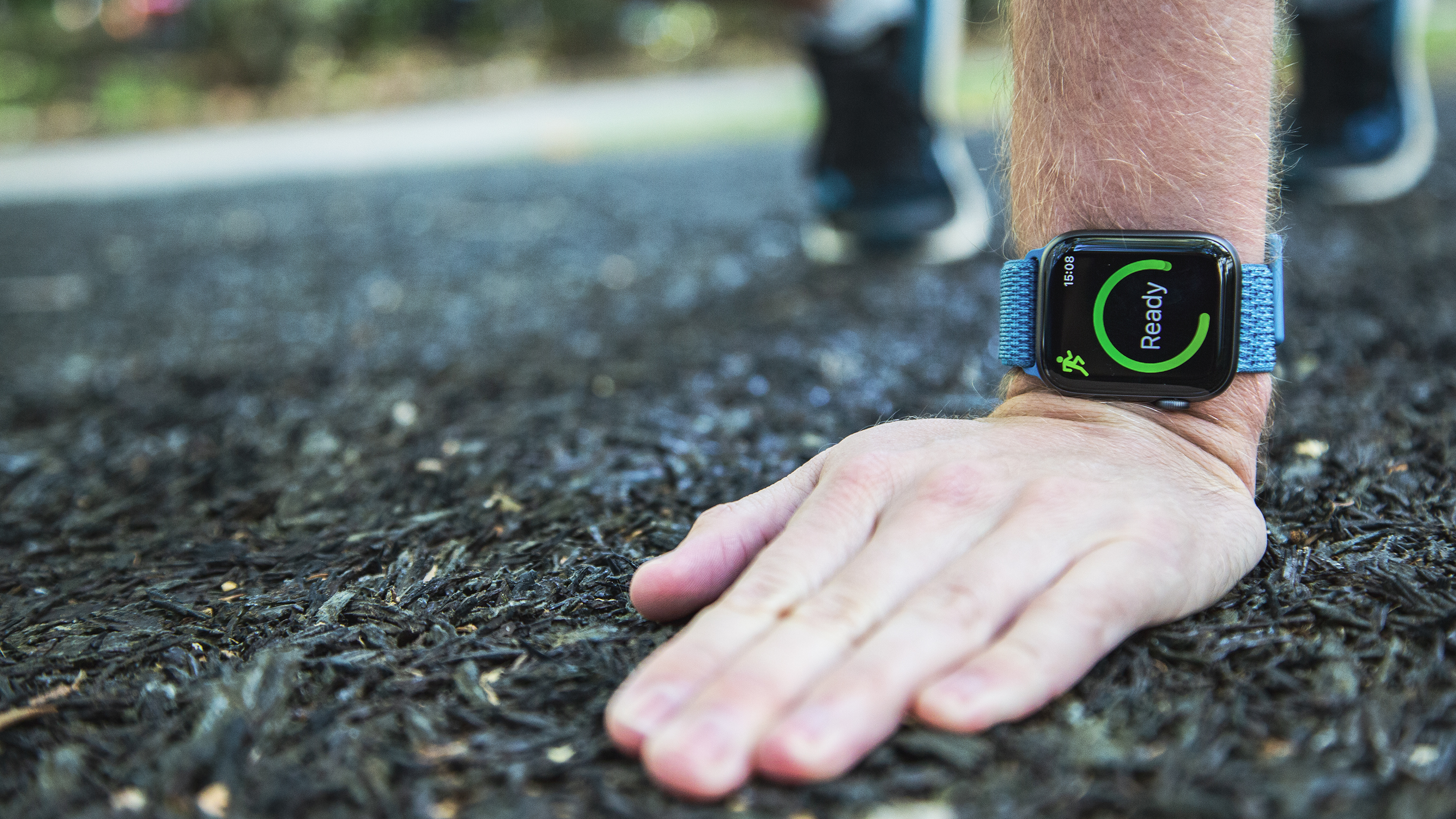
We also tried a spot of yoga, to see how that was tracked, and it's unsurprisingly just stretching around with the Apple Watch running alongside - we assume there's a level of smarts within that tracks the calorie burn that little bit harder.
There's also swimming in the mix too, with the waterproofing on the Apple Watch 4 has been improved to 5ATM depth for those that like to get a little deeper into the water.
There's actually too many to test - strength training, rowing machines to name but a few. These are all specifically studied to give proper calorie burn when using the device. These things are useful when you're trying to track what you're actually doing and want to get the right calorific burn from the equation so you can offset that against calories taken in - which there are no inbuilt apps for.
However, the Apple Watch 4 still seems like a device that's too broad. The Workouts app, the main hub where you track your workouts is powerful enough, but the data is a little siloed away from sharing outside of the Apple ecosystem (although, of course, not impossible if you use something like RunGap, although that's still not perfect).
But there's no function to set up an interval training sessions, or to dig further into your metrics post run, or offer more customized alerts to eat, drink, rest or pull in a gel a a reminder.
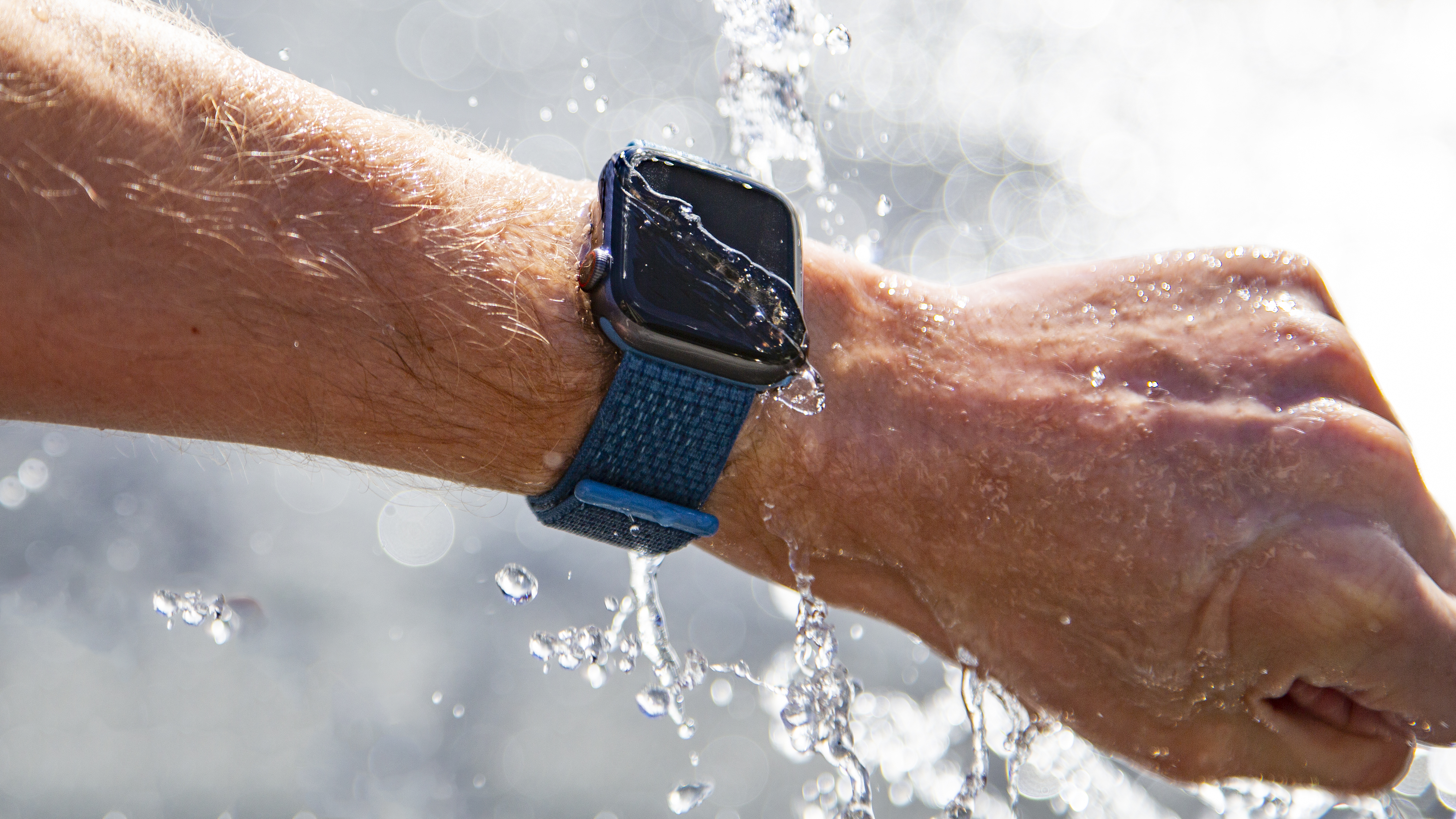
The Apple Watch does do a lot of excellent options for fitness, but it isn't a device anywhere nearly as accomplished by the likes of dedicated running watch makers like Polar or Garmin. It’s more a jack-of-all-trades, rather than something that excels anywhere.
We found that it was fine for an everyday run, and firing up the third party app of Strava worked well enough to track and upload the information we wanted it to, but without the ability to define your workouts on a more granular level, the Apple Watch will always feel like a ‘my first fitness watch’ - something you upgrade from if you start getting hard into an activity.
If what you really want is something that will be your fitness buddy as you just workout generally, and you really get a kick out of competing with pals, then this is a great option. It’s just not going to help you batter your marathon time if you’re looking for something a little quicker than average.

Gareth has been part of the consumer technology world in a career spanning three decades. He started life as a staff writer on the fledgling TechRadar, and has grew with the site (primarily as phones, tablets and wearables editor) until becoming Global Editor in Chief in 2018. Gareth has written over 4,000 articles for TechRadar, has contributed expert insight to a number of other publications, chaired panels on zeitgeist technologies, presented at the Gadget Show Live as well as representing the brand on TV and radio for multiple channels including Sky, BBC, ITV and Al-Jazeera. Passionate about fitness, he can bore anyone rigid about stress management, sleep tracking, heart rate variance as well as bemoaning something about the latest iPhone, Galaxy or OLED TV.
